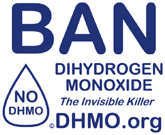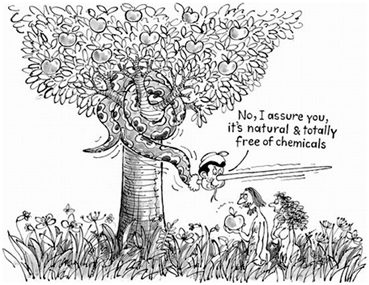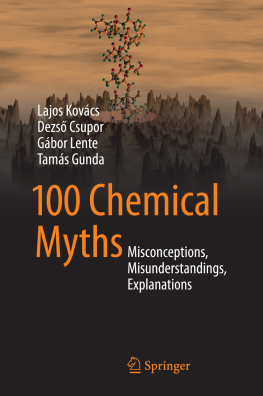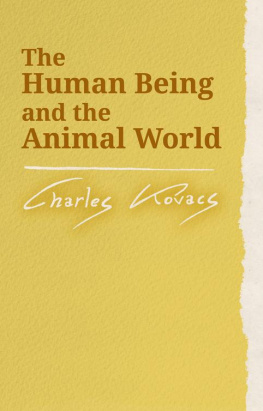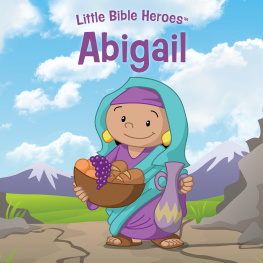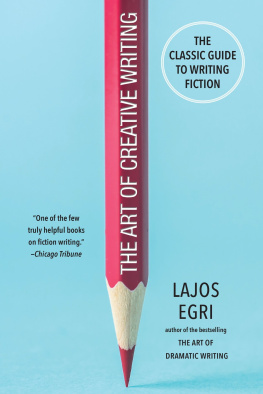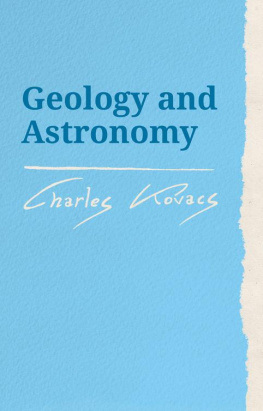1.1 Fear of the Unknown: Chemicals
Nathan Zohner , a then 14-year-old high school student from Idaho Falls (USA) wrote a petition in 1997 about the dangers of dihydrogen monoxide (DHMO) calling for a ban on its use (Fig. ). Out of 50 people interviewed by Nathan, only a single one recognized that the substance was actually water. This story received a lot media attention and was resurrected in 2004: city officials in Aliso Viejo , California , proposed a ban on using DHMO. New Zealand politician Jacqui Dean also proved her lack of common sense in 2007 by sending a letter to the Ministry of Health asking if there were any plans to ban dihydrogen monoxide. The story has become an outstanding chapter in the great book of modern human ignorance.
Fig. 1.1
The poster of DHMO.org. (Permission obtained from copyright-owner)
Would you drink a liquid that contains butanol , isoamyl alcohol , hexanol , tannin , benzyl alcohol , caffeine , geraniol , quercetin , epicatechin-3- O -gallate , epigallocatechin-3- O -gallate , inorganic salts and water? This question itself may be appalling to the reader, but it only lists the main constituents of tea.
Chemophobia means an irrational fear of chemicals. If the two examples above do not convince the reader about its prevalence in everyday life, the media frenzy about the latest threats to food safety or reporting about accidents in chemical industry will probably do the job.
Chemophobia has rooted itself deeply in society, but its origins are mainly conceptual. In everyday life, it is common to speak about chemicals or dangerous substances without actually specifying what these words mean. The word chemical (my personal favorite) is often used with the clear implications that there are other substances of non-chemical nature. In this context, the intended meaning of the word chemical is probably a substance produced by the chemical industry , which does not occur in nature, and potentially poses some sort of a hazard . However, this book will point out that the hazards of substances are not connected to their origins at all, natural and artificial substances are not different from this point of view. For an expert, this usage of the word chemical makes no sense as all substances are chemicals.
Another common misconception is that it is possible to live without chemicals. It would be quite an experiment to attempt this. Everyone with a basic competence in chemistry knows that this goal is impossible as every substance around us is a chemical. Even if we were to accept the definition chemical = industrially produced substance, leading a chemical-free life would require a return to such Stone Age levels of civilization that no environmental movement would be willing to follow (Fig. ).
Fig. 1.2
Cartoon of Ed McLachlan. (Permission obtained from copyright-owner)
The benefits of chemistry and the technologies based on it for todays society are beyond any measure. Everything in everyday life has a connection to this hidden science. One of the problems may be that it is too hidden. It seems evident that society has access to colored materials, cosmetics , cleaning agents, electronics, preserved food, medicines, cars, plastics , and so on. In fact, none of these are evident. These old and new products have to be developed, studied, manufactured and continuously inspected. Only chemists have the ability to develop environmentally friendly new substances with previously unknown properties. It is the cooperation between chemists, physicists and engineers that makes the development of novel new measurement methods possible to detect substances in our environment. It is the cooperation between chemists, biologists and physicians that enables the invention of new medicines. Unfortunately, the public image of chemistry is more often determined by infamous cases of environmental pollution . While everyone seems to be willing to enjoy the fruits if chemical discoveries, the very existence of chemical industry is frequently looked upon with disgust ( 1.2 ). It is like judging physics by the development of nuclear bombs , or judging biology by genetic modification only. It is impossible to lead a risk -free life, there is no free lunch. Todays comfortable lifestyle has a price tag on it. However, one need not throw out the baby with the bath water.
An American opinion poll shows that there is an inverse relationship between chemophobia and chemical knowledge: fears about chemicals decrease as the more one knows about chemistry. One should keep an open mind and listen to expert opinions as well experts rather than believing the claims of the media or environmental organizations immediately and without thinking. Experts must come forward and show the benefits and risks of chemistry and chemical technologies, and natural phenomena in their background. Chemical professionals have an obligation to make themselves heard in the media and present objective information free of fears, ignoranceor business interests ( 1.5 ).
1.2 Life as a Risky Business
First, we should clarify what danger means. Danger is the possible occurrence of some unfavorable event that threatens our property, well-being, relations, health or even our life. Although everyone understands what this means, it is not very easy to define scientifically. The probability of the occurrence of the actual negative event is called risk . Danger and risk imply some sort of hazard that can be very versatile: an electric cable, hot steam, slippery floor, lightning, tainted drinking water, a speeding car, rock climbing , etc . The hazard itself is usually not enough for the appearance of the actual risk: if someone lives close to a busy road, but never actually goes there, the road does not pose any risk. If someone else crosses that busy road frequently, the probability of being run over by a car is much higher. This last concept is usually called exposure . The relationship between the mentioned concepts is given as:

From this, there is a quite logical strategy of reducing risk, that is, by avoiding hazards or avoiding exposure, or both of them. Returning to the traffic example: if someone does not drive, the risk arising from driving is zero, and avoiding crossing roads entirely will also give the same result.
